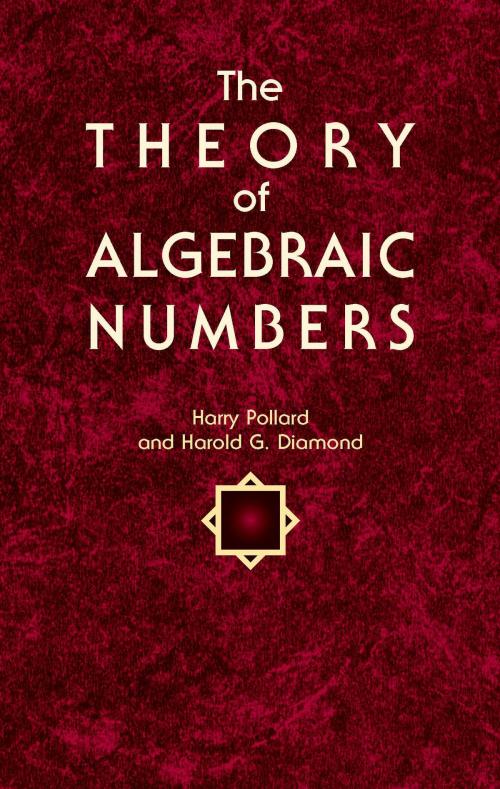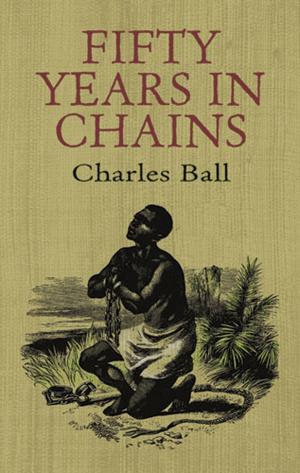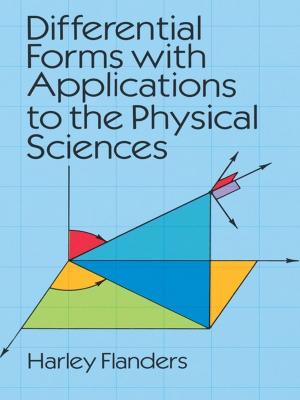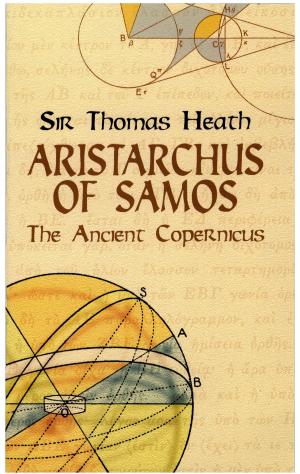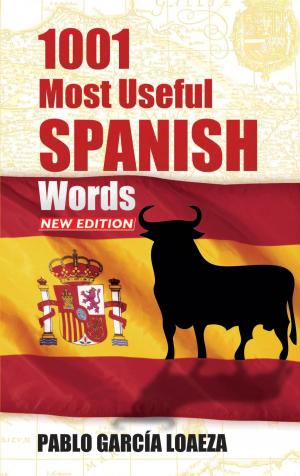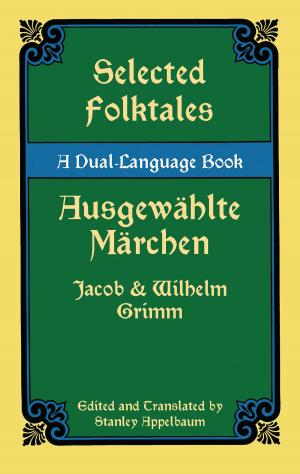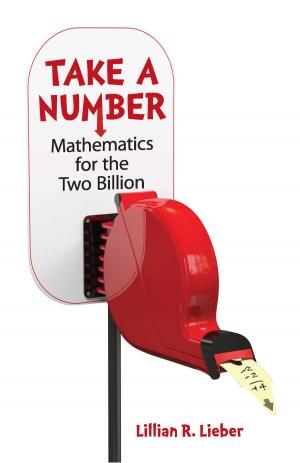| Author: | Harold G. Diamond, Harry Pollard | ISBN: | 9780486154374 |
| Publisher: | Dover Publications | Publication: | July 12, 2012 |
| Imprint: | Dover Publications | Language: | English |
| Author: | Harold G. Diamond, Harry Pollard |
| ISBN: | 9780486154374 |
| Publisher: | Dover Publications |
| Publication: | July 12, 2012 |
| Imprint: | Dover Publications |
| Language: | English |
Detailed proofs and clear-cut explanations provide an excellent introduction to the elementary components of classical algebraic number theory in this concise, well-written volume.
The authors, a pair of noted mathematicians, start with a discussion of divisibility and proceed to examine Gaussian primes (their determination and role in Fermat's theorem); polynomials over a field (including the Eisenstein irreducibility criterion); algebraic number fields; bases (finite extensions, conjugates and discriminants, and the cyclotomic field); and algebraic integers and integral bases. After establishing a firm introductory foundation, the text explores the uses of arithmetic in algebraic number fields; the fundamental theorem of ideal theory and its consequences; ideal classes and class numbers; and the Fermat conjecture (concluding with discussions of Pythagorean triples, units in cyclotomic fields, and Kummer's theorem).
In addition to a helpful list of symbols and an index, a set of carefully chosen problems appears at the end of each chapter to reinforce mathematics covered. Students and teachers of undergraduate mathematics courses will find this volume a first-rate introduction to algebraic number theory.
Detailed proofs and clear-cut explanations provide an excellent introduction to the elementary components of classical algebraic number theory in this concise, well-written volume.
The authors, a pair of noted mathematicians, start with a discussion of divisibility and proceed to examine Gaussian primes (their determination and role in Fermat's theorem); polynomials over a field (including the Eisenstein irreducibility criterion); algebraic number fields; bases (finite extensions, conjugates and discriminants, and the cyclotomic field); and algebraic integers and integral bases. After establishing a firm introductory foundation, the text explores the uses of arithmetic in algebraic number fields; the fundamental theorem of ideal theory and its consequences; ideal classes and class numbers; and the Fermat conjecture (concluding with discussions of Pythagorean triples, units in cyclotomic fields, and Kummer's theorem).
In addition to a helpful list of symbols and an index, a set of carefully chosen problems appears at the end of each chapter to reinforce mathematics covered. Students and teachers of undergraduate mathematics courses will find this volume a first-rate introduction to algebraic number theory.
